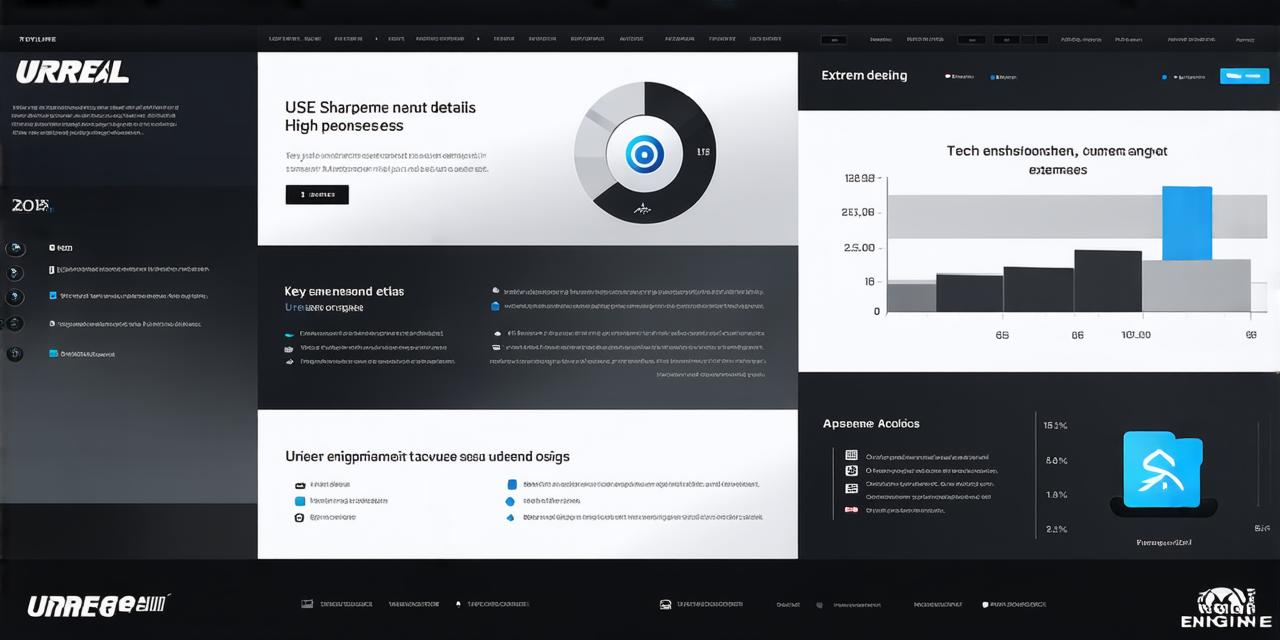Unreal Engine: An Overview
Before we dive into the topic of size, let’s first understand what Unreal Engine is and how it works. It is an open-source game engine that allows developers to create games for various platforms, including PC, mobile devices, consoles, and virtual reality (VR) systems. The engine uses real-time graphics rendering technology to generate high-quality visuals, animations, and effects.
Size of Unreal Engine: Factors Affecting It
The size of Unreal Engine depends on several factors, including the version being used, the level of customization, and the complexity of the project. Here are some of the key factors that affect the size of Unreal Engine:
Version
Unreal Engine comes in different versions, each with its own features, tools, and performance optimizations. The latest version of Unreal Engine (version 5) is quite large, as it includes many new features and improvements over previous versions. On the other hand, older versions may be smaller but may not have all the latest features and performance improvements.
Customization

Unreal Engine allows users to customize their projects by adding or removing features, modifying code, and changing settings. The level of customization can significantly affect the size of Unreal Engine on a project’s disk.
Project Complexity
The complexity of a project also affects the size of Unreal Engine. Large-scale projects with many assets, characters, and effects require more resources and therefore may take up more space on disk.
Performance and System Requirements
1. Performance
Unreal Engine is designed for high-performance graphics rendering, which requires significant resources. The larger the size of Unreal Engine on disk, the more resources it will require to run smoothly. However, the latest versions of Unreal Engine have been optimized for better performance and lower system requirements.
2. System Requirements
The size of Unreal Engine can also impact the system requirements needed to run the engine. For example, a project with many assets may require a more powerful computer with more RAM and processing power to run smoothly. Similarly, a VR project may require a high-end VR headset and a powerful computer with dedicated graphics hardware.
Summary
In conclusion, the size of Unreal Engine depends on several factors, including the version being used, the level of customization, and the complexity of the project. While the larger the size of Unreal Engine on disk, the more resources it will require to run smoothly, the latest versions of Unreal Engine have been optimized for better performance and lower system requirements. Therefore, it’s essential to consider these factors when choosing the right version of Unreal Engine for your project’s needs.
